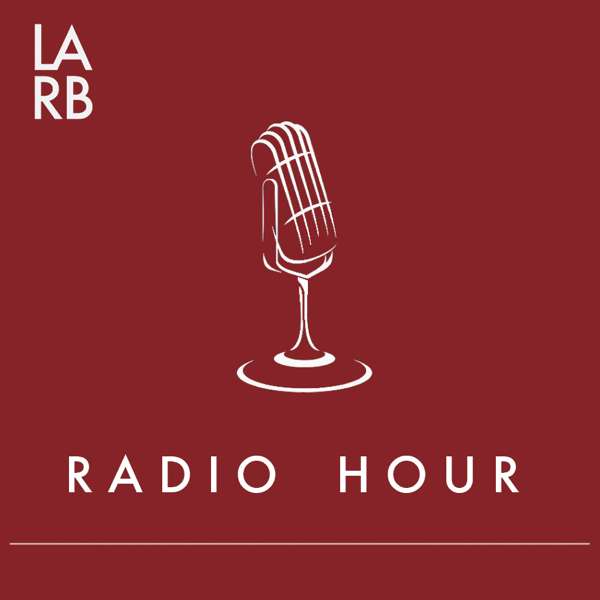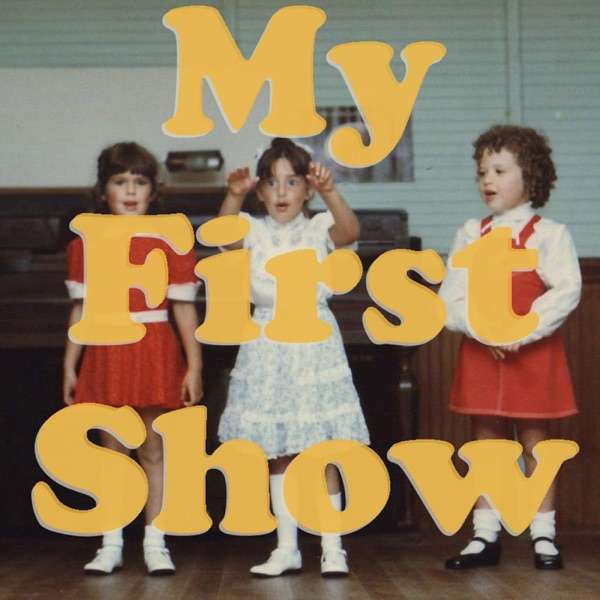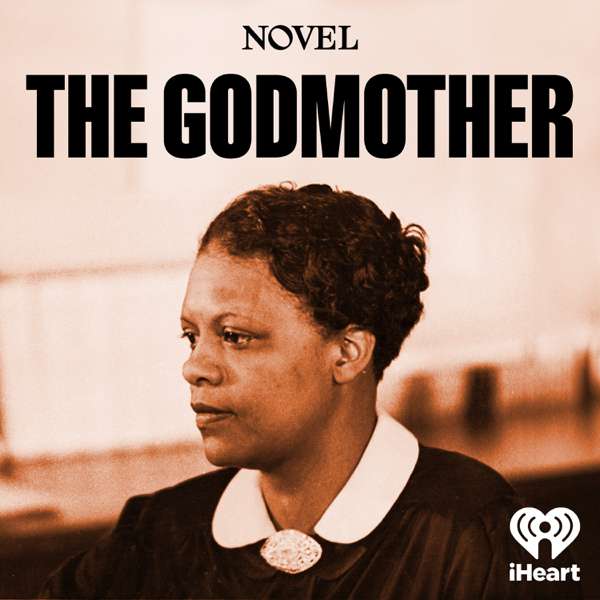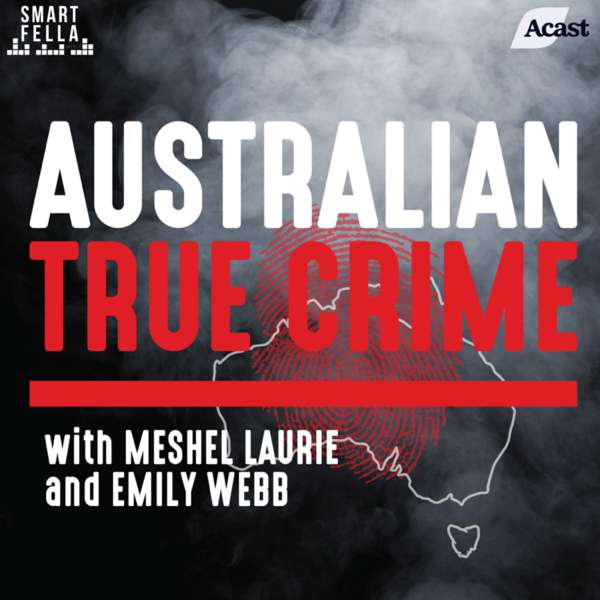Escape is often considered a "sister series" to CBS' Suspense, but where "radio's outstanding theater of thrills" had sponsorship dollars to attract the biggest names in Hollywood, Escape was a sustaining series without a sponsor. Since it couldn't rely on the likes of Cary Grant and Gregory Peck, Escape made great use of the stable of Hollywood radio players (Stacy Harris, John Dehner, Virginia Gregg, Betty Lou Gerson, Parley Baer, Frank Lovejoy, and more). Radio legends William Conrad and Paul Frees were regularly heard in dramatic roles, and - as "the voice of Escape" - they also lent their voices to the ominous opening lines of each week's show. Occasionally the show landed a big name and made the most of it. The best example of this may be Vincent Price starring in the chilling tale of ravenous rats "Three Skeleton Key."
For much of the run, Escape was produced and directed by Norman Macdonnell, the man behind The Adventures of Philip Marlowe and Gunsmoke. Also at the helm was William N. Robson, who would go on to run Suspense in the late 1950s.
In honor of the anniversary of its July 7, 1947 premiere broadcast, here are some of my favorite episodes of Escape - examples of its variety of stories and why it still holds up as a taut, exciting adventure series so many years later.
"The Most Dangerous Game" - Richard Connell's short story of a deranged hunter who preys on men has been filmed and retold many times over the years, including several radio adaptations. This version casts two radio legends and iconic voices. Paul Frees is the narrator and quarry of Hans Conried's legendary - but bored - hunter and pits one man against the other in a deadly exotic jungle. (Originally aired on CBS on October 1, 1947)
"An Occurrence at Owl Creek Bridge" - Another classic short story, this one by Ambrose Bierce, gets a memorable adaptation courtesy of Escape. A Confederate sympathizer tries to sabotage a bridge and ends up at the end of a Union noose. A twist of fate gives him a chance to escape…or does it? There are some problematic racial portrayals (a scene where the protagonist meets one of his slaves is particularly rough), but overall this is a great show with a cast of some of radio's best voices - Harry Bartell, Bill Johnstone, William Conrad, and Frank Lovejoy. (Originally aired on CBS on December 10, 1947)
"Leiningen vs. the Ants" - A South American plantation owner refuses to run when an army of ravenous ants descends upon his homestead. The great William Conrad shines as the titular Leiningen - a man supremely confident in his dominance over nature. Lou Merrill is the government official who tries to persuade Leiningen to leave and later decides to stay and watch this titanic battle unfold. It's a great example of the power of radio - the horde of ants comes to vivid life with only the narration and sound patterns. (Originally aired on CBS on January 14, 1948)
"Red Wine" - Jeff Chandler stars as a detective who travels to Borneo in search of a murderer. He finds several possible suspects working on a rubber plantation, and he'll have to get creative to unmask the killer. (Originally aired on CBS on February 26, 1949)
"A Shipment of Mute Fate" - The passengers and crew of an ocean liner at sea have no place to hide when a deadly poisonous snake escapes from its case and stalks the ship. This classic thriller was performed several times on Escape; all of the versions are worth a listen, but this one features John Lund - a rare example of a big name starring in the show. (Originally aired on CBS on March 13, 1949)
"Three Skeleton Key" - One of the scariest old time radio dramas of all time, "Three Skeleton Key" features amazing performances and sound effects that will make your skin crawl. Vincent Price stars as a lighthouse keeper on a remote island. The daily bored existence of Price and his comrades is shattered when a derelict ship runs around and its passengers - thousands of carnivorous and very hungry rats - emerge with an appetite. Wine corks against glass create the illusion of gnawing rats, and your imagination does the rest to keep you on the edge of your seat. (Originally aired on CBS on March 17, 1950)
"The Time Machine" - H.G. Wells' science fiction classic follows an inventor and his friend as they take a jaunt 100,000 years into the future. John Dehner and Larry Dobkin star in this adventure through time itself. (Originally aired on CBS on October 22, 1950)
"Earth Abides" - This two-part drama is hailed by many as the best story Escape ever produced. Adapted from George Stewart's novel of the same name, it's the story of a post-apocalyptic world following the outbreak of a deadly plague. Stephen King cited the story as an inspiration for his own post-apocalyptic epic The Stand. (Part One originally aired on CBS on November 5, 1950; Part 2 originally aired on CBS on November 12, 1950)
"Wild Jack Rhett" - John Meston adapted Ernest Haycox's story of the old west, and it wound up being a test run for Gunsmoke for Meston and director Norman Macdonnell. John Dehner stars as an infamous gunfighter and "town tamer" hired to clean up the town of Red Mesa after its sheriff is gunned down. It's an atmospheric adult western with great performances, and its influence can be felt on Gunsmoke which would launch less than two years later. (Originally aired on CBS on December 17, 1950)
"The Abominable Snowman" - William Conrad stars in this tale of adventurers who climb into the Himalayas to hunt for the legendary yeti. It's a chilling (no pun intended) story as the men fight to survive in the snow and the hellish storm - never knowing for sure if they're being stalked by their monstrous quarry. (Originally aired on CBS on September 13, 1953)

 Our TOPPODCAST Picks
Our TOPPODCAST Picks  Stay Connected
Stay Connected







